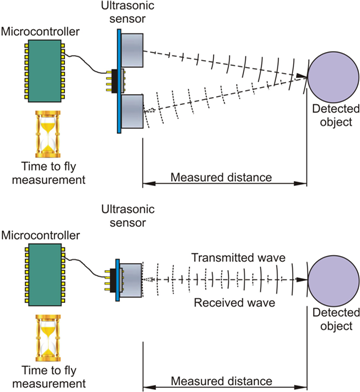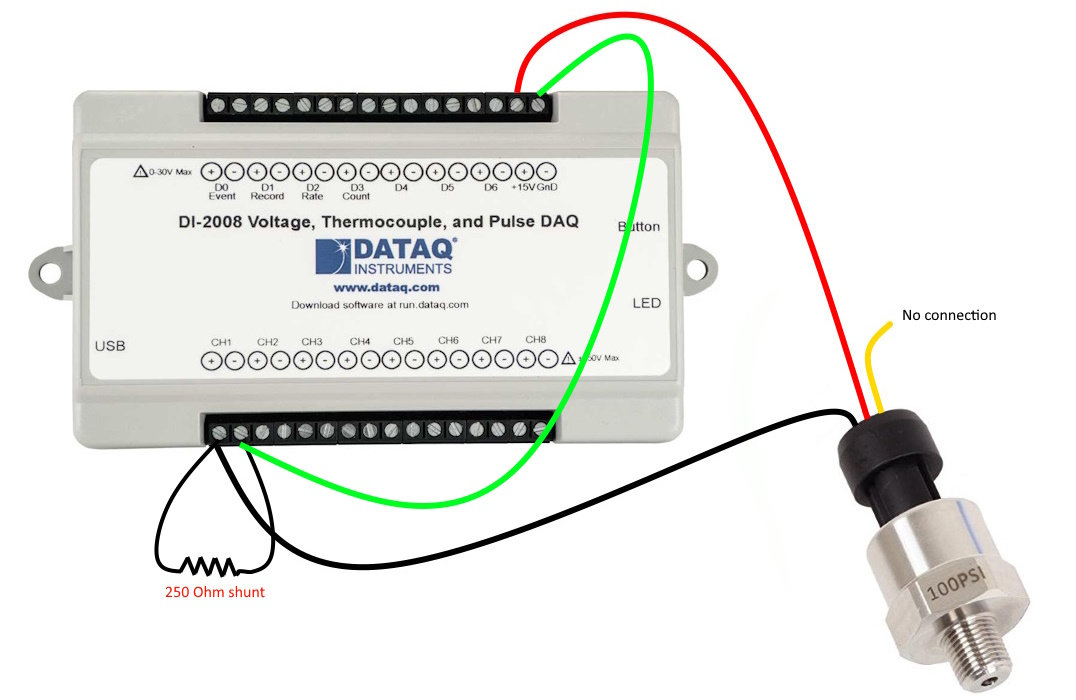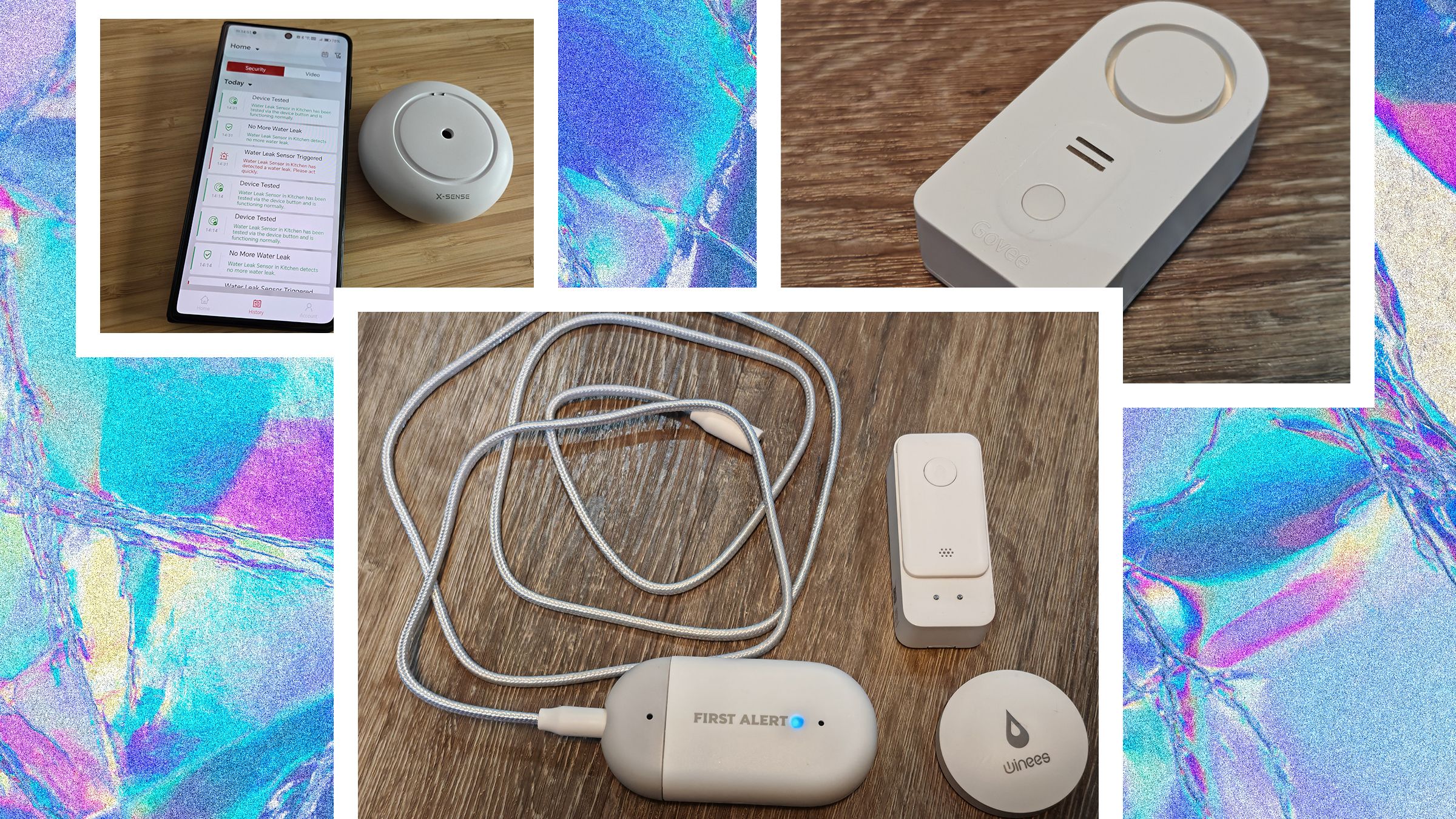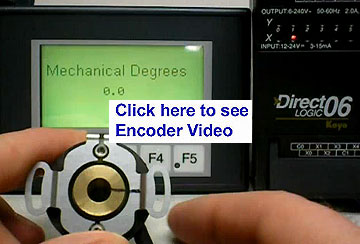How to Use an Ultrasonic Sensor for Proximity Detection
Ultrasonic sensors are versatile devices that can be used for a variety of applications, including proximity detection. In this article, we will explore how to use an ultrasonic sensor for proximity detection and how you can integrate it into your projects.
What is an Ultrasonic Sensor?
Ultrasonic sensors work on the principle of sending and receiving sound waves. They emit high-frequency sound waves and then listen for the echoes that bounce back. By measuring the time it takes for the sound waves to bounce back, the sensor can calculate the distance to an object.
How to Use an Ultrasonic Sensor for Proximity Detection
Using an ultrasonic sensor for proximity detection is relatively simple. Here are the steps you can follow to integrate an ultrasonic sensor into your project:
- Connect the Sensor: Start by connecting the ultrasonic sensor to your microcontroller or Arduino. Make sure to refer to the datasheet of the sensor for the pinout and wiring instructions.
- Write the Code: Once the sensor is connected, you will need to write the code to read the distance measurements from the sensor. This code will typically involve sending a trigger signal to the sensor and then reading the echo signal to calculate the distance.
- Calibrate the Sensor: It is essential to calibrate the sensor to ensure accurate distance measurements. You may need to adjust the speed of sound in the code or fine-tune the sensor’s sensitivity to obtain accurate results.
- Integrate into Your Project: Once the sensor is calibrated and the code is written, you can integrate the ultrasonic sensor into your project. Whether you are building a robot, a smart home device, or a security system, the ultrasonic sensor can provide reliable proximity detection.
Benefits of Using Ultrasonic Sensors for Proximity Detection
There are several benefits to using ultrasonic sensors for proximity detection:
- Accuracy: Ultrasonic sensors provide accurate distance measurements, making them ideal for applications that require precise proximity detection.
- Range: Ultrasonic sensors can detect objects at a relatively long range, making them suitable for outdoor applications and large projects.
- Reliability: Ultrasonic sensors are reliable and can work in various environmental conditions, including darkness and humidity.
- Cost-Effectiveness: Ultrasonic sensors are affordable and offer a cost-effective solution for proximity detection compared to other technologies.
Conclusion
Ultrasonic sensors are valuable tools for proximity detection in various projects. By following the steps outlined in this article, you can successfully integrate an ultrasonic sensor into your project and take advantage of its benefits for accurate and reliable proximity detection.
How to Use an Ultrasonic Sensor for Proximity Detection
Ultrasonic sensors are versatile devices that can be used for a variety of applications, including proximity detection. In this article, we will explore how to use an ultrasonic sensor for proximity detection and how you can integrate it into your projects.
What is an Ultrasonic Sensor?
Ultrasonic sensors work on the principle of sending and receiving sound waves. They emit high-frequency sound waves and then listen for the echoes that bounce back. By measuring the time it takes for the sound waves to bounce back, the sensor can calculate the distance to an object.
How to Use an Ultrasonic Sensor for Proximity Detection
Using an ultrasonic sensor for proximity detection is relatively simple. Here are the steps you can follow to integrate an ultrasonic sensor into your project:
- Connect the Sensor: Start by connecting the ultrasonic sensor to your microcontroller or Arduino. Make sure to refer to the datasheet of the sensor for the pinout and wiring instructions.
- Write the Code: Once the sensor is connected, you will need to write the code to read the distance measurements from the sensor. This code will typically involve sending a trigger signal to the sensor and then reading the echo signal to calculate the distance.
- Calibrate the Sensor: It is essential to calibrate the sensor to ensure accurate distance measurements. You may need to adjust the speed of sound in the code or fine-tune the sensor’s sensitivity to obtain accurate results.
- Integrate into Your Project: Once the sensor is calibrated and the code is written, you can integrate the ultrasonic sensor into your project. Whether you are building a robot, a smart home device, or a security system, the ultrasonic sensor can provide reliable proximity detection.
Benefits of Using Ultrasonic Sensors for Proximity Detection
There are several benefits to using ultrasonic sensors for proximity detection:
- Accuracy: Ultrasonic sensors provide accurate distance measurements, making them ideal for applications that require precise proximity detection.
- Range: Ultrasonic sensors can detect objects at a relatively long range, making them suitable for outdoor applications and large projects.
- Reliability: Ultrasonic sensors are reliable and can work in various environmental conditions, including darkness and humidity.
- Cost-Effectiveness: Ultrasonic sensors are affordable and offer a cost-effective solution for proximity detection compared to other technologies.
Conclusion
Ultrasonic sensors are valuable tools for proximity detection in various projects. By following the steps outlined in this article, you can successfully integrate an ultrasonic sensor into your project and take advantage of its benefits for accurate and reliable proximity detection.



